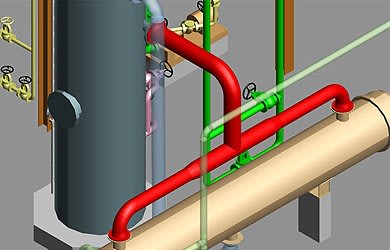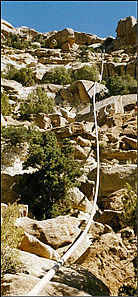francitj
Mechanical
- Feb 23, 2011
- 4
I need help interpretting old pipe stencils. We recently uncovered a lateral laid in the 60s and found the stencil detailing the pipe specs. The stencil read as follows:
4 1/2OD 188WALL EB5 ON J1745 LOT 1033 (possbily 1088)
The stencil repeated over and over along the joint. Clearly its 4.5", 188 wt but what does the rest of the stencil mean? Any chance there is a pipe grade somewhere in there?
4 1/2OD 188WALL EB5 ON J1745 LOT 1033 (possbily 1088)
The stencil repeated over and over along the joint. Clearly its 4.5", 188 wt but what does the rest of the stencil mean? Any chance there is a pipe grade somewhere in there?




